Signs of stroke
- Helen Cheung, Stroke Doctor
- 6 minute read
- Last updated: June 2023
If you think you or someone else is having a stroke, act fast and call 999 or 112. Getting treatment quickly leads to better outcomes.
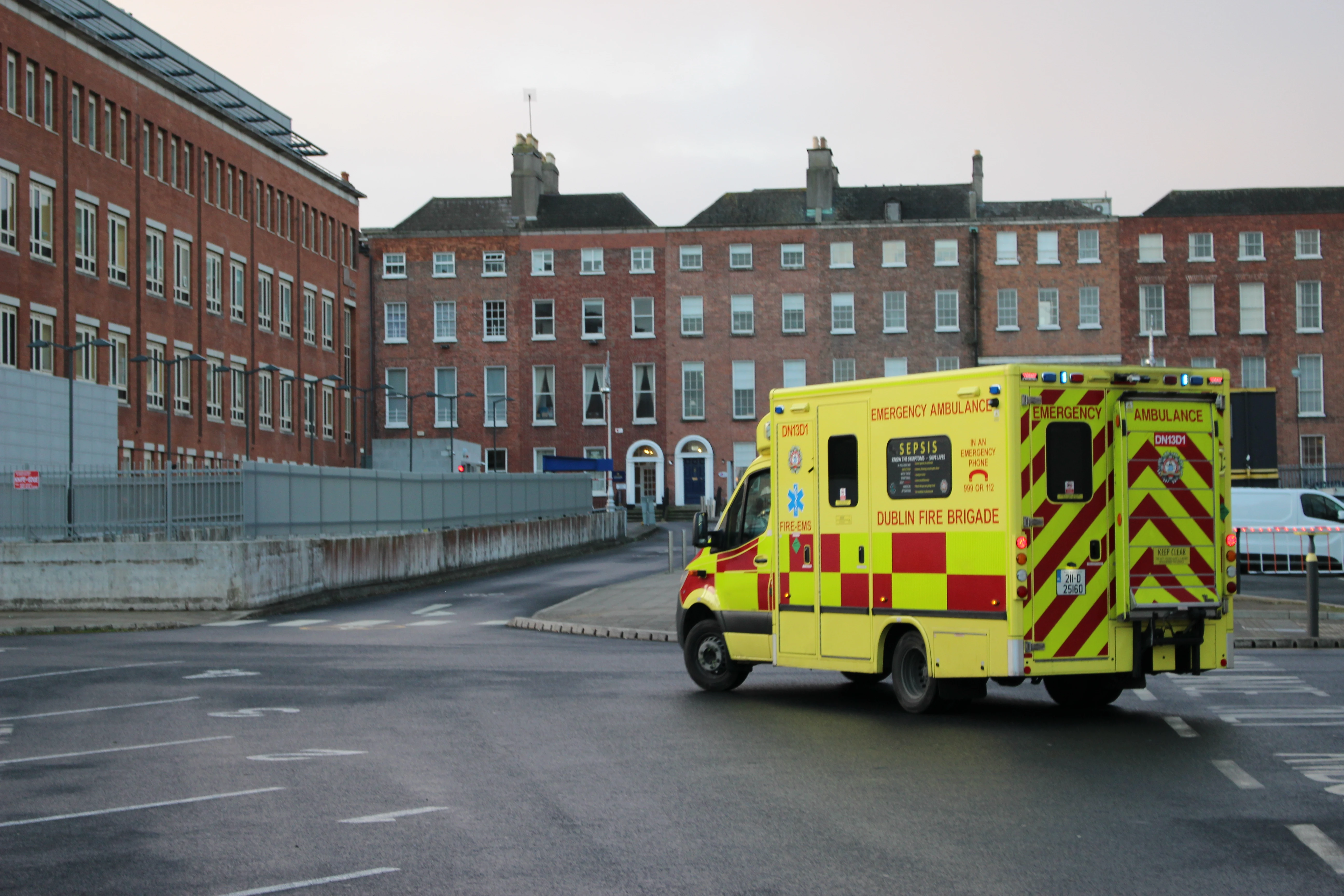
BE FAST | Stroke signs
Below are the most common symptoms of a stroke, which can be remembered using the acronym BE FAST.
B for Balance
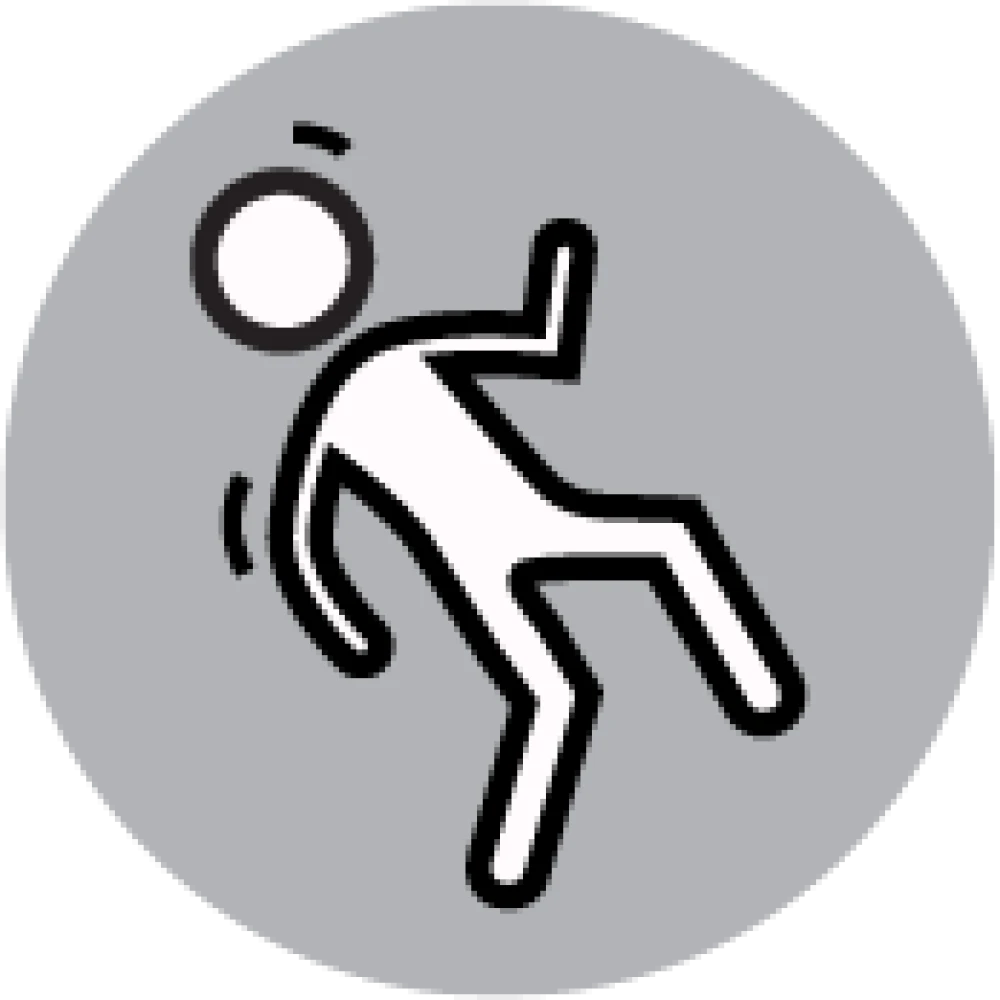
Any sudden loss of balance or coordination?
Is there a lack of coordination on one side or any staggering when walking? Other symptoms may include dizziness, nausea and vomiting.
E for Eyes
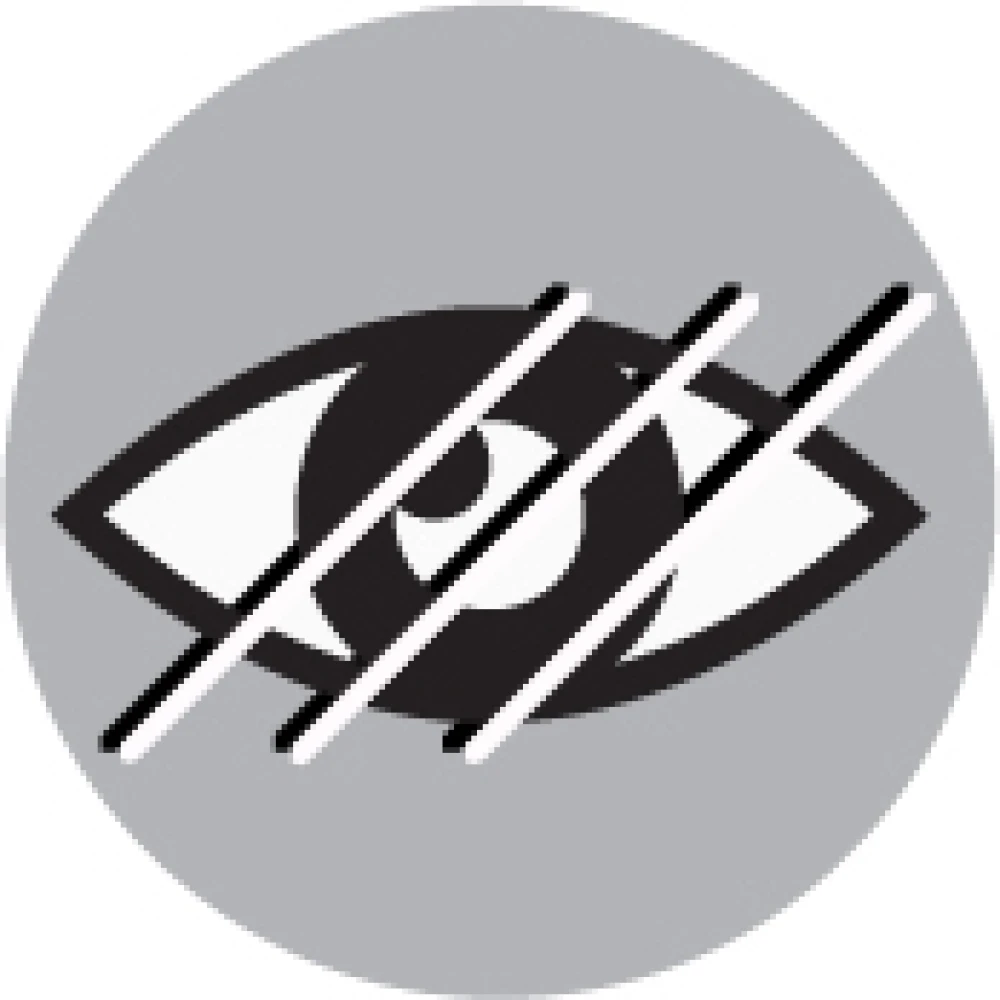
Any sudden blurred vision, double vision or loss of vision?
Loss of vision can be in one eye or in both eyes on the left or right side.
F for Face
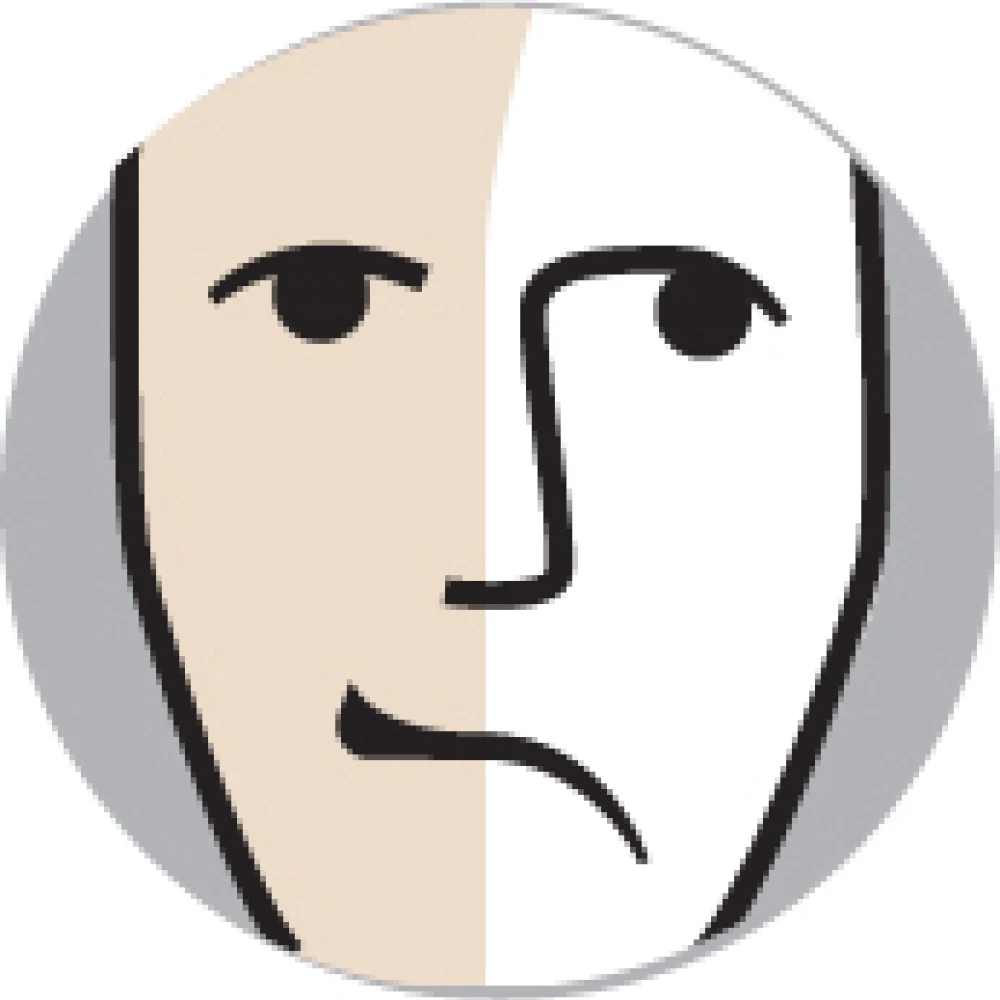
Is there drooping or numbness of the face?
Ask the person to smile. Is their smile uneven?
A for Arms
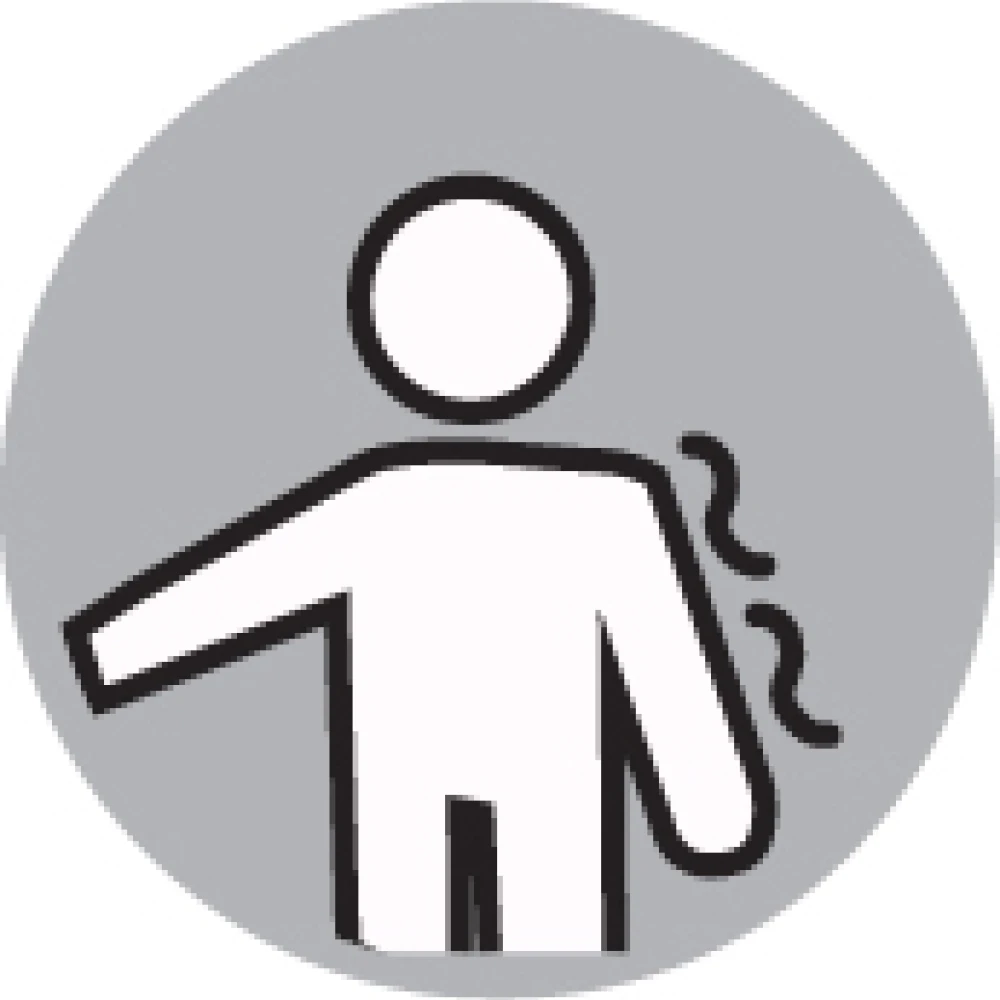
Ask the person to raise both arms, does one side fall down?
Can the person raise both arms and keep them up?
S for Speech
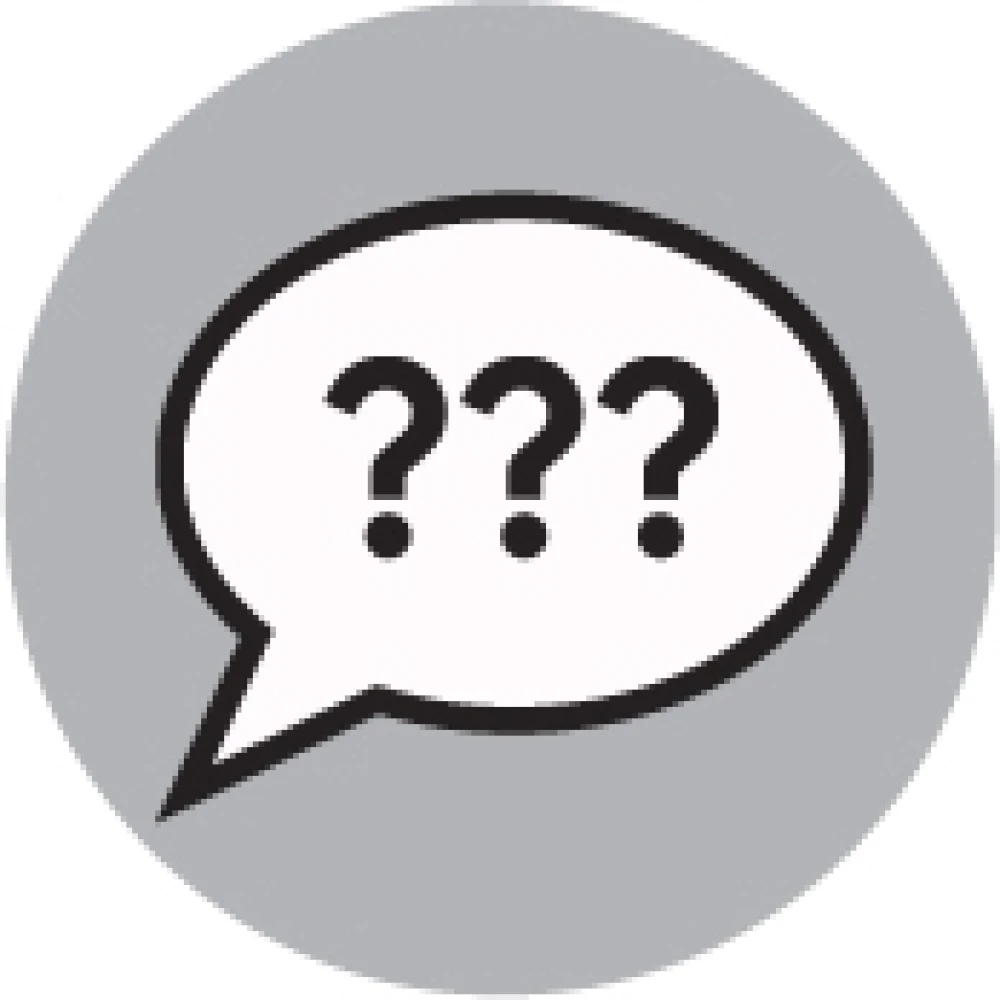
Is speech slurred or jumbled up?
The person's speech may be hard to understand or they may not be able to speak at all. They might also have difficulty understanding what you are saying.
T for Time
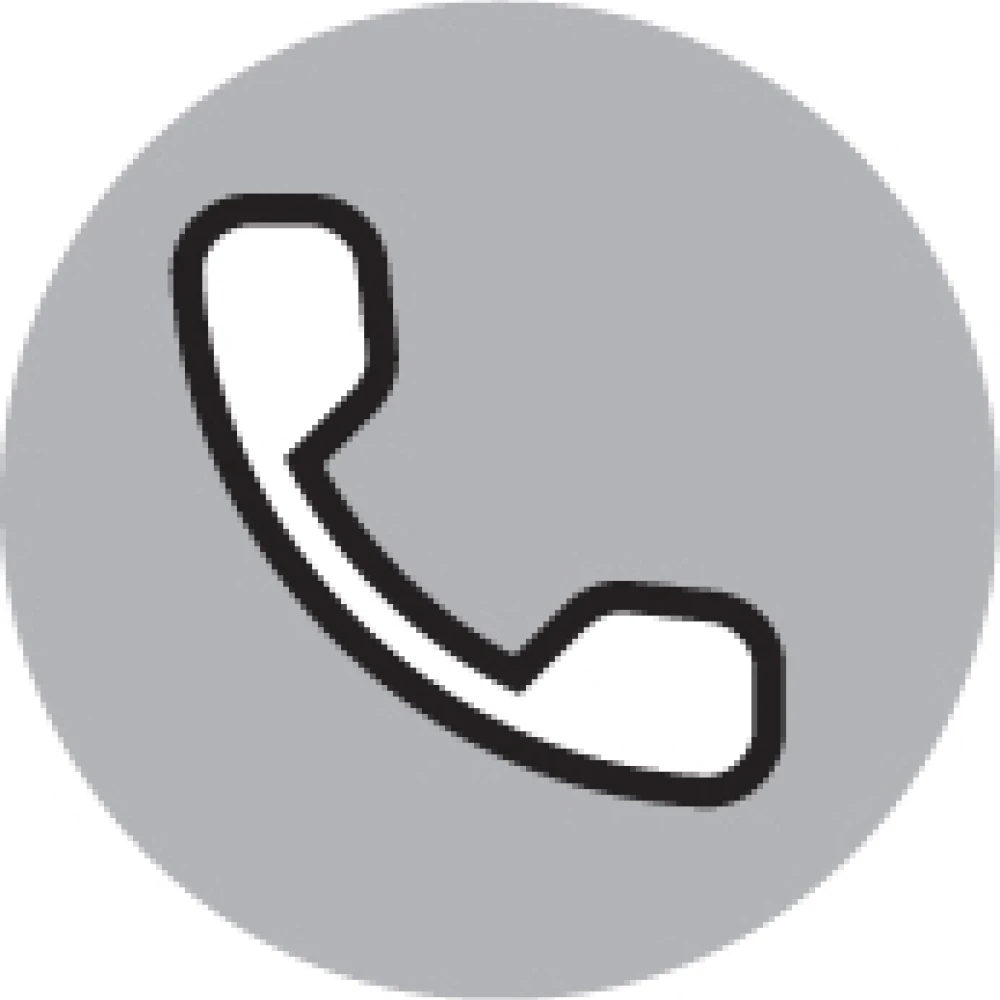
Call 999 or 112 right away
If any of the above symptoms are present, call 999 or 112 immediately. Every second counts.
Other possible stroke symptoms
Occasionally, a stroke can cause other symptoms such as:
- a sudden, severe headache
- confusion
Steps to take when stroke happens
Don’t wait, it is better to be safe than sorry
1. Call emergency services on 999 or 112
If you have any of the signs of a stroke or think you may be having a stroke, call emergency services right away.
2. Inform the dispatcher
Tell the person on the other end of the phone that you think you are having a stroke.
3. Tell them your current location
Tell the person on the other end of the phone your address or Eircode if you know it.
4. Wait for the ambulance to arrive
You will be taken to hospital for treatment.
Note when your symptoms started
‘’Note the time when your symptoms first appeared. This information helps doctors determine the most appropriate treatment option.’’
Helen Cheung | Stroke Doctor |
Being prepared
Find out how to be prepared for and what to do in an emergency.
1. Follow your doctor’s advice
Taking medications and making lifestyle changes can reduce your stroke risk. You don’t have to live in fear, but always be prepared.
2. Have frequent check-ins
Tell two people who live nearby to keep an eye on you. These people could include your care partner, family members or neighbours.
3. Educate those around you on signs of stroke
Educate your care partner, family and friends about
the BE FAST stroke signs, so they know what to look out for.
4. Keep a list of important information in a safe place
Keep an up-to-date list in a place that can be easily found by emergency services. The list should include:
-
- your Eircode or address
- your medications
- any allergies you might have (including medication allergies)
- any medical conditions or diagnosis you have
5. Keep your mobile phone near you
Take the time to make sure that you know how to place an emergency call.
6. Consider a panic alarm
Talk to your stroke nurse or public health nurse about getting a pendant panic alarm.
Other information
Frequently asked questions
In some cases, stroke symptoms can come and go, which is known as a TIA (transient ischemic attack) or a "mini-stroke". TIAs are caused by a temporary blockage to blood flow in the brain. TIAs can last for a few minutes or for several hours and may cause similar symptoms to a full stroke. They typically resolve on their own. However, it is important to treat TIAs as warning signs of an impending stroke and get medical attention right away. Even if the symptoms disappear, TIAs should not be ignored. They can be a sign of hidden health problems that need to be dealt with so that a full stroke can be prevented.
The ambulance will take you to the nearest hospital that offers specialised stroke care. When you arrive at the hospital, you should receive medical attention quickly. You will be asked about your medical history and when your symptoms started. Knowing exactly when your symptoms started is important, as it can help confirm the most suitable treatment for you.
The doctor will also do some quick checks to look for signs of stroke. Depending on the doctor’s assessment, you may get a CT scan of your brain. (CT stands for computed tomography. A CT scan uses x-rays and computer processing to create detailed pictures of the inside of your body.)
If the stroke is caused by a blood clot, you may be given a medication known as a “clot-busting” drug to help restore blood flow back to your brain. In some cases, a procedure known as a thrombectomy may be needed to remove the blood clot from the blood vessel and restore blood flow.
If the stroke is caused by bleeding in or around your brain, you will get treatment to help reduce the bleeding and limit its impact.